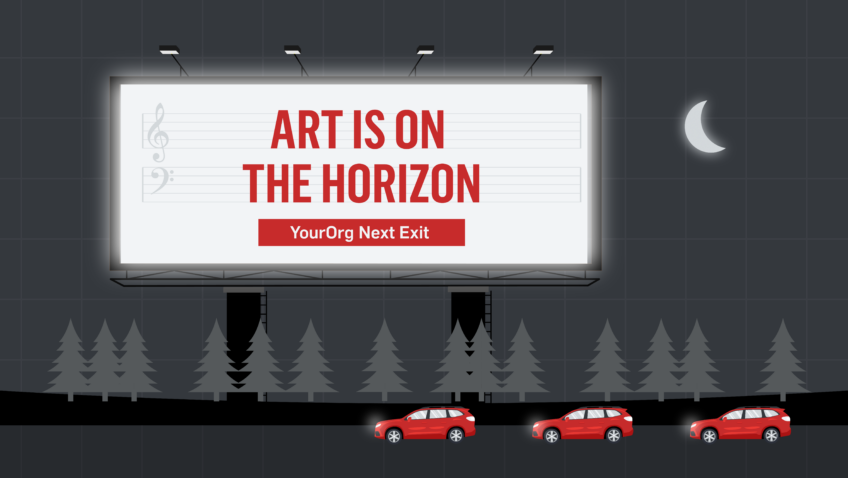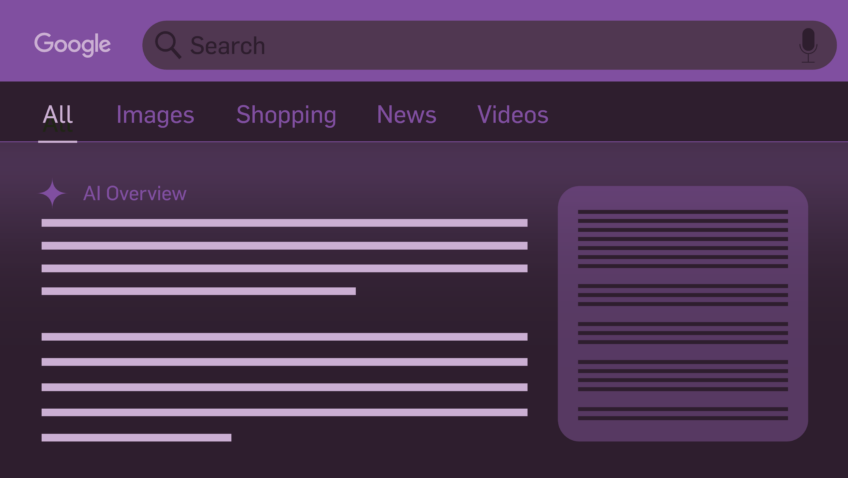$400,000 of Ticket Sales on a $15,000 Investment
We have been working on some very successful banner advertising campaigns (with our vendor partner) using retargeting, social proximity targeting and real-time bidding. We have been seeing ROIs from 250% to 2500%. Our most successful campaign drove over $400,000 of ticket sales on a $15,000 media investment!
These are some murcky terms, so I will do my best to explain in plain English how it all works.
Step 1: Build a Prospect Pool
We build a pool of prospects by serving an invisible pixel or cookie to all users who visit an organization’s website or open an organization’s email. We can serve banner ads anytime in the future to anyone who has been pixeled. We start serving pixels months before we begin serving any banner ads. The earlier we begin building the pool, the more successful the campaigns have been. (We also update an organizations privacy policy to let users know we are serving pixels/cookies).
Step 2: Enlarge the Pool with Social Connections
People who like the arts have friends and social connections who like the arts, so we then expand the pixel pool using Social Proximity Targeting. This targets people with high “social proximity” to all pixeled users. The SocialDNA platform from our vendor partner uses social data sources (sharing user generated content, forwarding videos, direct messaging, apps/widgets) in combination with advanced social network algorithms to track the social connections of all pixeled prospects. The algorithm calculates “social proximity” based on users connections in the past 60 days. So now our pool of prospect contains the original site visitors and their social connections.
Step 3: Serve Banner Ads
Once the media flight begins, we use real-time bidding to target our best prospects. What is real-time bidding? Compare real-time bidding to a newspaper ad. With real-time bidding, space in the newspaper would be auctioned off second by second and tailored to each viewer. Say the paper is being read by a close friend of a pixled user. We want to bid on this person and serve them an ad. If the next reader has no connection to us, we don’t want to serve them any ads and we keep our money. From a recent article in The New York Times about real-time bidding, “The biggest problem with traditional advertising is that decisions about what ads to show are made way in advance of when they actually appear….There are a lot of reasons you want to make those decisions as close to when the ads run as possible.”
So, with real-time bidding, we can serve banner ads across the web to pixeled users who have come to an organization’s site and did not purchase. We also serve banner ads to pixeled users’ social connections we found via the Social Proximity Targeting. Through content networks we have access to 90% of web advertising inventory, so we can target people wherever they visit. We can serve them ads over time until they convert (purchase).
Step 4: Optimize
We optimize our targeting based on conversions, meaning we serve more ads to users that behave like users who have converted/purchased. We can optimize based on pixel pool origination (what page the user initially received the pixel on), the type of websites they saw or clicked on the ad (say entertainment sites are driving more conversions), banner creative they saw or clicked on (we usually run A/B creative tests).
We’ve seen this work for ballets, theaters, and modern dance companies. Just ten years ago we were stuck targeting people soley by the sites they visited. We were using old-media advertising on new media platforms. You wanted to target readers of The New York Times, you placed an ad on The New York Times website. I am afraid many arts orgs are still advertising this way. It is incredible how much technology has grown in this area. It is a thrill to help our arts clients take advantage of these tools.










